National stream and esdorp landscape Drentsche Aa



Plans for the National stream and esdorp landscape Drentsche Aa in broad lines.
Nowhere else in the Netherlands one would find a creek like the Drentsche Aa. It meanders its way through the landscape, just like it has been doing for hundreds of years. The Drentsche Aa has shaped the land, and mankind has made a full use of it. Fortunately, man restrained himself. He did not question nature. While elsewhere straight lines were drawn on the map for perfectly straight draining channels, the Drentsche Aa could simply follow its own course. Together with the stream, the typical Drentse esdorp landscape was preserved in the Drentsche Aa area: the farming plots around the village square, the fields on the elevated land, the hayfields and the meadows down in the valley of the stream. Here, mankind took the landscape as it came, literally and figuratively speaking. Over the years it became so valuable, it was time to think about measures for conservation.
Custom made for the Drentsche Aa
When the Netherlands decided on setting up national parks for the conservation of the main natural areas, the Drentsche Aa area was also high on the list. As the agricultural and residential functions in national parks are clearly subservient to nature, such national park in the traditional sense was no real option for the Drentsche Aa. After all, the area has clearly also a residential function and more than half of it is farmland. Searching for a tailor-made solution for the Drentsche Aa, a plan was developed for the National stream and esdorp landscape Drentsche Aa that could retrain its own character and identity. The area is captured within the triangle of Assen-Gieten-Glimmen. In all, it has more than 10,000 hectares of land, about one-third of this being a natural reserve.
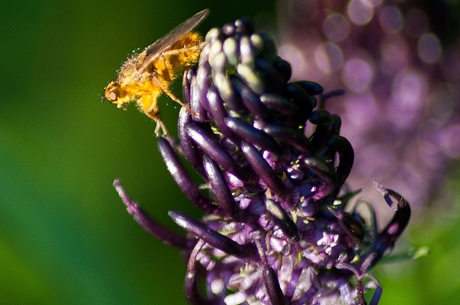
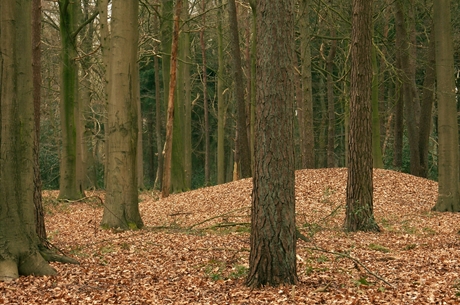
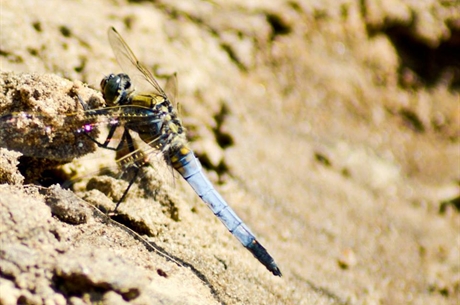
Future use portrayed
The “Management, Layout and Development Plan” for the Drentsche Aa (often referred to as the “BIO plan” for short) is setting out the ideal future development of the five functions: water, agriculture, nature, recreation, and housing. In using Conservation by modernisation as a guideline, all parties involved in the development ensure that user functions will be retained and modernised if necessary. This means, for instance, that not only nature but also agriculture will be part of the future Drentsche Aa area development. In other words, Conservation by modernisation is also offering explicit perspectives to agriculture.
Water comes first
More than in the past, the Drentsche Aa must be able to freely choose its own way in years to come. In some places the banks may be crumbling away and build up somewhere else. Thanks to the environmentally friendly management, the banks will see a growing number of plants in their natural habitat. The basin of the Drentsche Aa will ensure a natural catchment. The water balance must ensure the various functions are getting their share. The quality of the creek water will be improved more and more thanks to extensive use of the land along the edges of the stream and by stopping untreated sewage. The drinking-water supply in the area will be adjusted if necessary, in order to stop matters such as soil drying out.
Perspective for agriculture
From way back the agricultural sector has firmly put its mark on the basin of the Drentsche Aa and it will continue making a contribution to the quality of the area in years to come. Although the number of farms will be reduced, the ones that stay will have an opportunity to expand. The agricultural sector in the Drentsche Aa area must become sustainable, i.e. producing the least possible amount of harmful substances. Innovation will become the keyword for the sector. In future the basin of the Drentsche Aa will also see more so-called broadened agriculture. These are farms that are not only focussing on producing food but are also creating other activities, such as the management and maintenance of natural areas and work in the tourist/recreation sector.
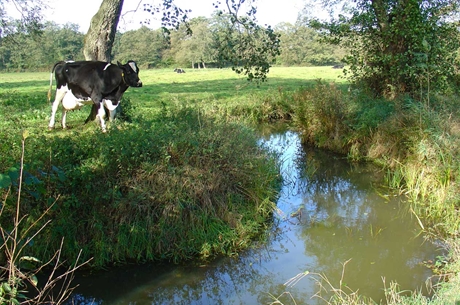
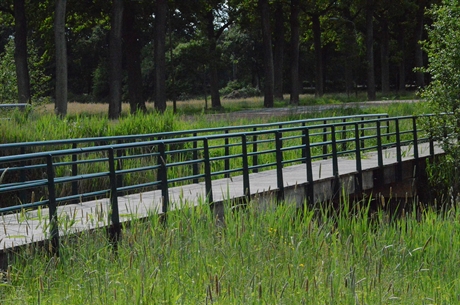
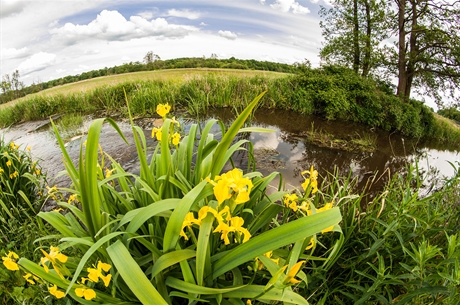
Perspective for agriculture
From way back the agricultural sector has firmly put its mark on the basin of the Drentsche Aa and it will continue making a contribution to the quality of the area in years to come. Although the number of farms will be reduced, the ones that stay will have an opportunity to expand. The agricultural sector in the Drentsche Aa area must become sustainable, i.e. producing the least possible amount of harmful substances. Innovation will become the keyword for the sector. In future the basin of the Drentsche Aa will also see more so-called broadened agriculture. These are farms that are not only focussing on producing food but are also creating other activities, such as the management and maintenance of natural areas and work in the tourist/recreation sector.
Nature and Landscape
In the past, conservation in the Drentsche Aa area was mainly aimed at the streams and grassland in the basin. In years to come, much will be done to improve the quality of nature in the basin. All the time the emphasis will be on the characteristic combination of spontaneous natural development and the old-fashioned work on the land - like mowing, hay-making and cutting peat. Besides the actual stream basin, much will have to be done in the Drentsche Aa area to make the old esdorp landscape more recognisable. For example, the flow from villages to the fields and the valleys should be more clearly visible. Also the diversity of open and closed areas - so typical for the basin of the Drentsche Aa - will be further emphasised in years to come.
Relaxation and room for recreation
The beautiful scenery; the special nature along the creek; the peace and quiet; and the open space of the farmland are the pillars, which recreation and tourism in the Drentsche Aa area are built on. There will be even more opportunities in the future. For instance, more attention should be given to further opening up of the area for daytrips, like opportunities for hiking and cycling. Necessary steps will also have to be taken to improve the quality of the hospitality industry. Unlike in most other national parks, the Drentsche Aa area will not have one central visitors centre but a number of outposts across the entire area. Look at these as access gates: a car park, an information centre, and of course a bicycle hire place to discover the Drentsche Aa on two wheels.
